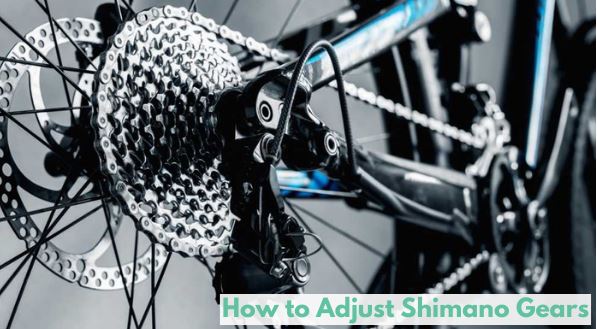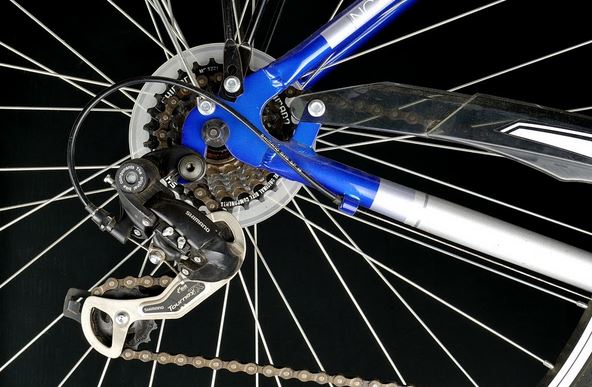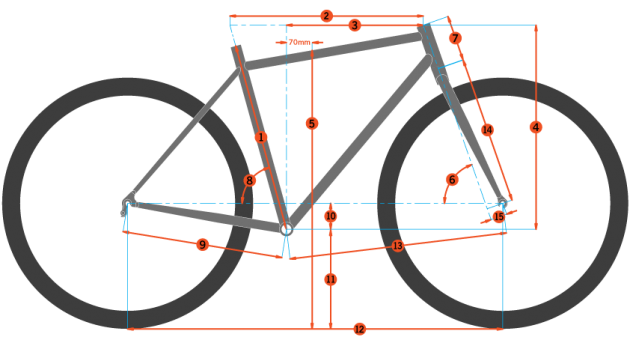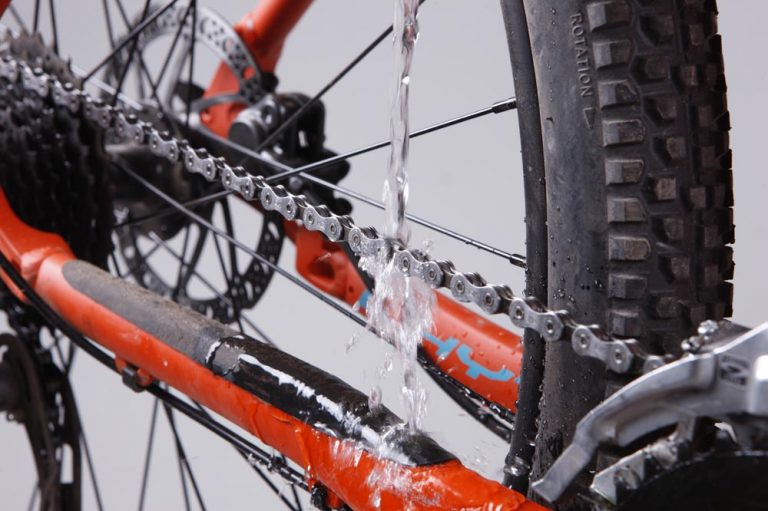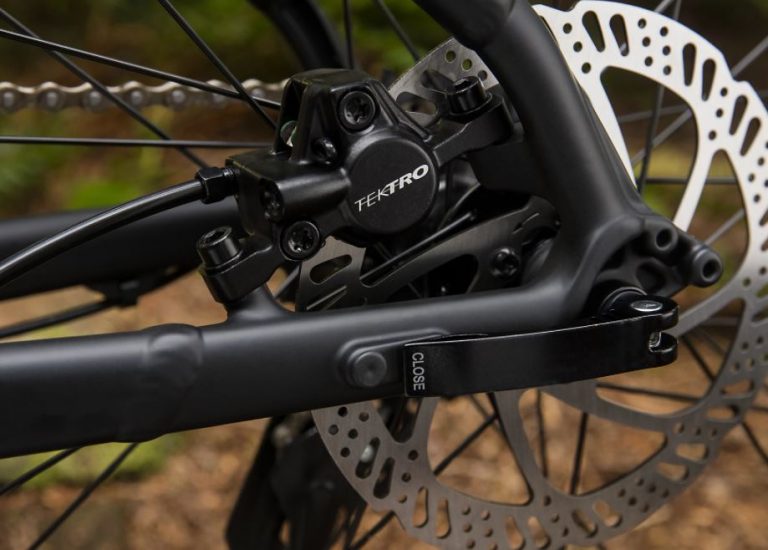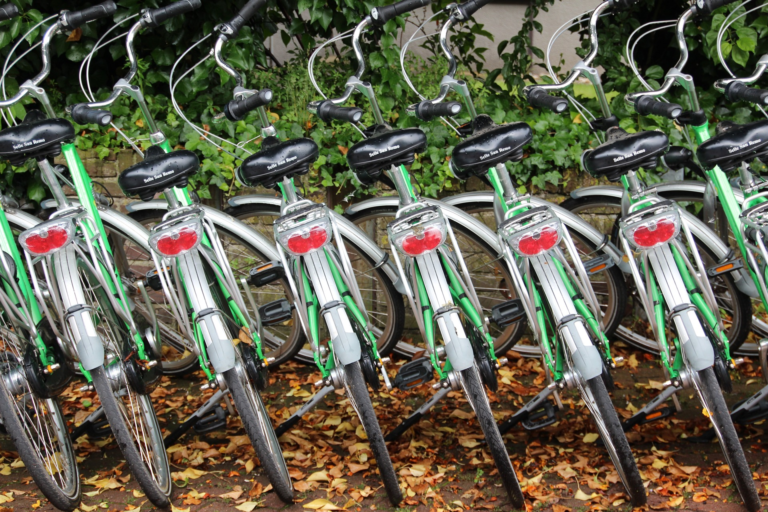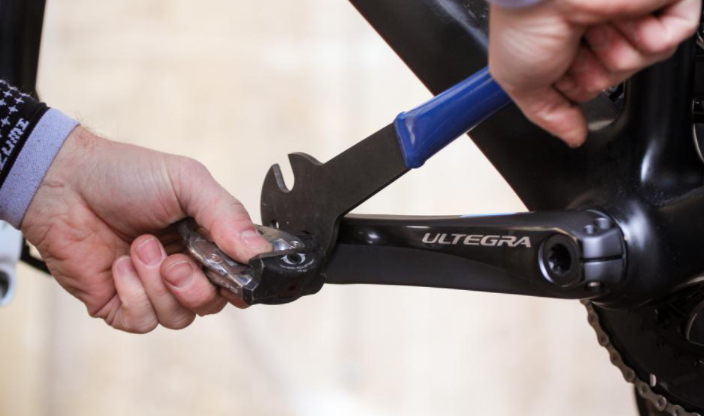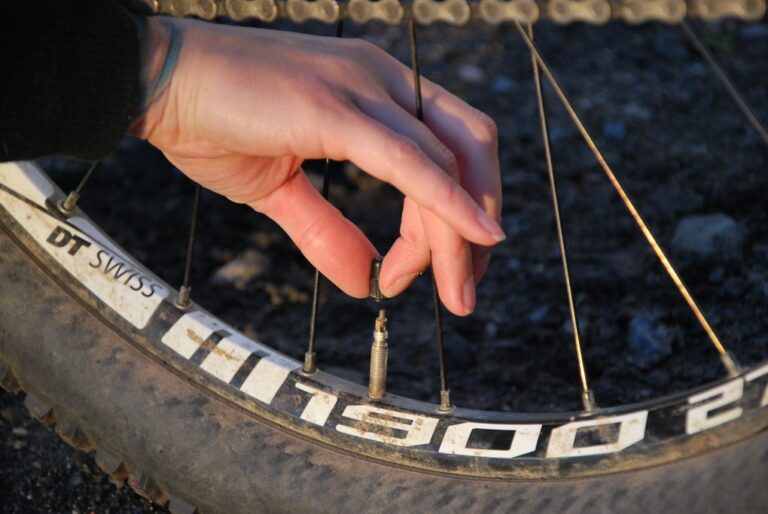Adjusting Shimano Gears On A Mountain Bike
You should have total confidence when using gears on your mountain bike. With this in mind, knowing how to adjust Shimano gears on a mountain bike is one thing worth investing your time on.
Mountain bikes are unique bikes capable of moving across the rough terrains of mountains and valleys. Hikers and mountaineers use mountain bikes when cycling through rough land patches, and they’re especially useful when going down a hill. Pedaling road bikes is easy, as they move quickly on pavements, unlike mountain bikes which are slower on pavement and harder to paddle.
As an in-city rider, it is best to choose standard bikes with fast tires. If you want one for a more challenging workout, you should try riding a mountain bike on pavements. Its tires will move slowly, making a 30-40 minute ride last as long as one hour, a complete workout indeed. It is quite risky to ride mountain bikes in a rough way, so it is important to learn how to adjust Shimano gears on a mountain bike.
What Are Shimano Gears?
Shimano is a famous manufacturing brand for cycles. It is a Japanese multinational technology that utilizes Shimano Total Integration (STI) levers. Shimano deals with biking and cycling components, as well as rowing components. Shimano shifters have two levelers; the large one in front and the small ones behind. The left shifter controls the chainrings.
So, if you want to go slower or get more control of your bike, you should change to a larger chainring for more easy paddling. You can use this part when biking down a hill.
Likewise, you can use a smaller chainring for smoother pedaling and faster movement. Shimano is very common, with many bicyclists using products from the brand.
Smooth bike gears make all the difference when enjoying your ride. It's quite simple to get your gears running well, although it might seem a bit complex at first. You'll learn how to easily adjust Shimano gears on a mountain bike as you read on.
How Do You Adjust Shimano Gears On A Mountain Bike?
The right shifter enables you to perform quick chainring changes, giving you two choices when paddling. To get more resistance when riding on a flat surface, you must push the smaller lever. When you want to go faster, push the bigger lever.
Big Gear Effort
One of the most frustrating things on a bike is a gear with poor indexing. However, you'll learn from our guide that adjusting your bike gears is easy. Just like your brakes, gears depend on proper adjustment and smooth cable operations to function well. Check out our article on bleeding Shimano brakes.
Modern gears are usually indexed. That's to say, as you push the gear lever into a position using the handlebars, the front or rear derailleur puts the bike chain into a similar ring or cog. It ought to do this easily without any force or stress. It is not supposed to go into another gear position or slip into a different gear when you're pedaling it. When the gears are functioning well, you shouldn't shift past the smallest or largest chainring or cog.
A derailleur's incorrect adjustment may not sound as dangerous as poor working brakes, but if your derailleur slips into the spoke, or your gears slip, or a chain comes off the front chainring, it can result in a major casualty.
How Do You Know That They Need Adjusting?
How do you know if your bike's gear is faulty and needs adjustment? Well, there are a few quick indicators to look out for in this regard. The chain might be constantly falling off, or the gear change is unresponsive or sticky.
How To Change The Rear Derailleur
One of the major changes you should make to your rear derailleur is the upper and lower limit settings. You can choose to change the cable tension to a B tension screw instead.
- The first step in doing this is shifting the derailleur down to the smallest cogs. Ensure you adjust the small barrel adjuster or round knob that is attached to the cable.
- Turn it in a clockwise motion, so there's room for change in the future if need be.
- The high limit is the higher screw, and it is usually placed across the barrel adjuster. It is best if you use a screwdriver to turn it. When you turn in a clockwise motion, it brings the derailleur inwards, but turning it in the opposite direction moves the derailleur out.
- Unscrew the cable anchor a little bit (it is located at the base of the derailleur). It keeps the cable in place.
- Tighten the cable by pulling it and tightening the anchor again. Now, you can shift the derailleur when you turn the pedal to achieve wheel spinning.
- At this point, it will shift with ease. If it doesn't, then tighten the lower limit screw and barrel adjuster until there's no more to catch.
- Go back to the barrel adjuster and move in a clockwise direction. It affects the gear’s smooth running as you shift it upwards, so you can see the derailleur's movement after adjusting it.
- The next step is moving the derailleur just below the biggest cogs. Then, using your screwdriver, turn the lower limit screw. The most common adjustment needed is to turn the screw in a clockwise direction until it feels tight. You won't want it to be too loose, nor too tight as you go.
How To Change The Front Derailleur
The B tension screw is usually placed under the cable, and you can use it to change the derailleur angle. Turn it clockwise, thus moving the derailleur down. An anti-clockwise movement will bring it upwards. You end up with the derailleur being close to the cassette, but not interfering with the cog. This mechanism moves the chain between rings. Here's how to change it.:
- First, check the height of the derailleur. If the derailleur cage is too high or low, you can adjust it. However, there are various bike models, so it is best to check your bike's instructions before you proceed.
- Next is the derailleur angle of rotation. The approach needed here is quite different based on various models. The front derailleur's limit screws are marked ”L” and ”H.” You can try both of them to ensure they are well set up. The ”L” screw controls the derailleur's movement towards the smallest rings, while the ”H” screw halts the biggest ring movement.
Conclusion
Adjusting the Shimano gears on your mountain bike is a job you can do yourself from the comfort of your home. But, if you doubt how easy it is, you can get a qualified bike technician to inspect it before you work on it. Bike lovers all over the world love this adjustment procedure, as it makes your mountain bikes run faster. Fine-tune your bike from time to time to enjoy an exciting experience!

